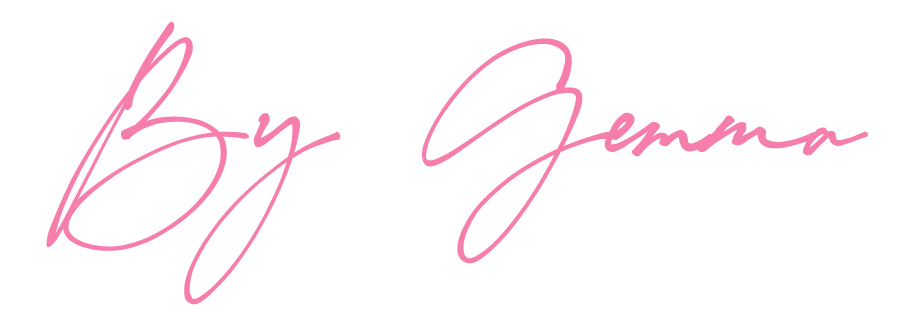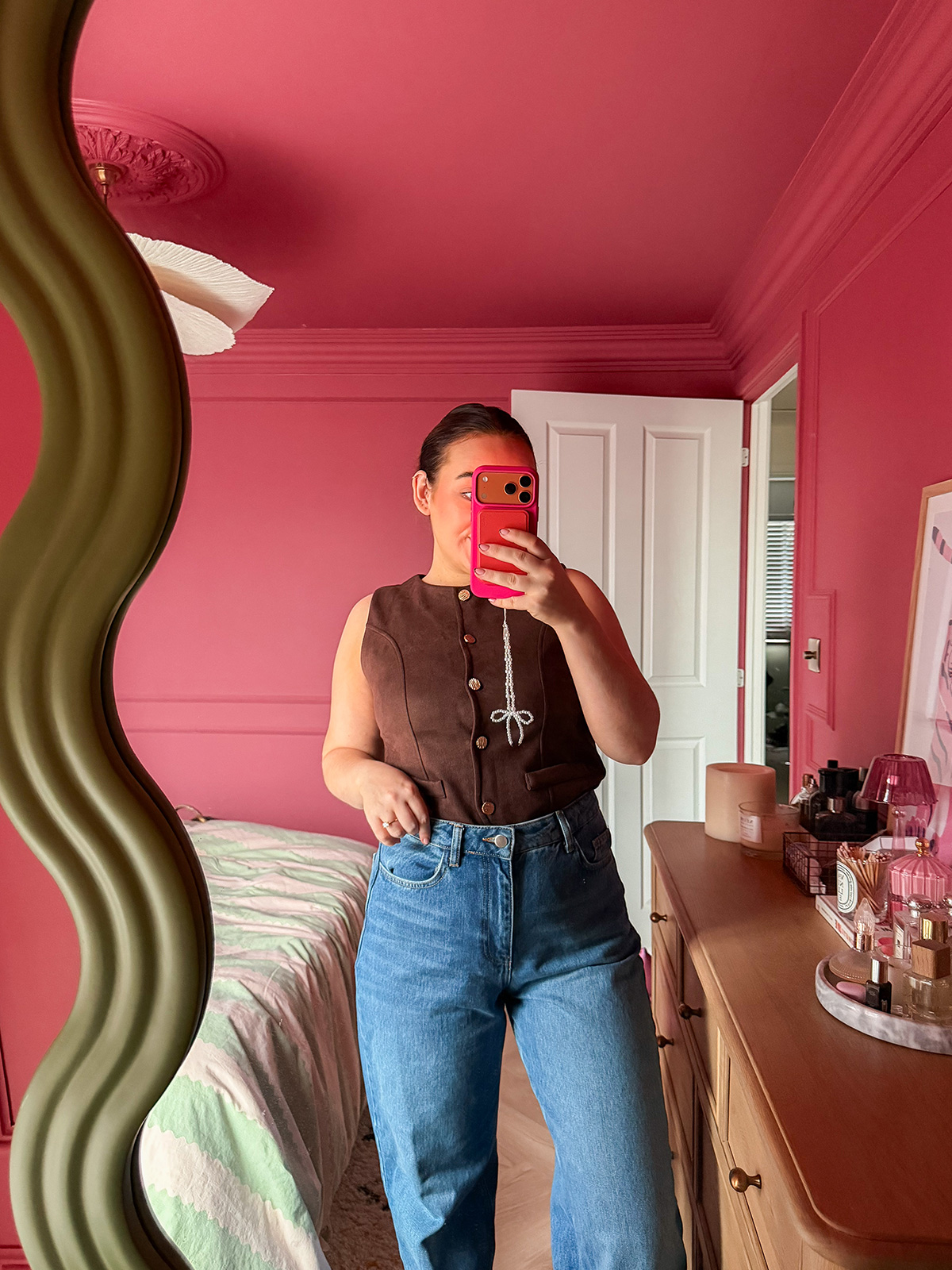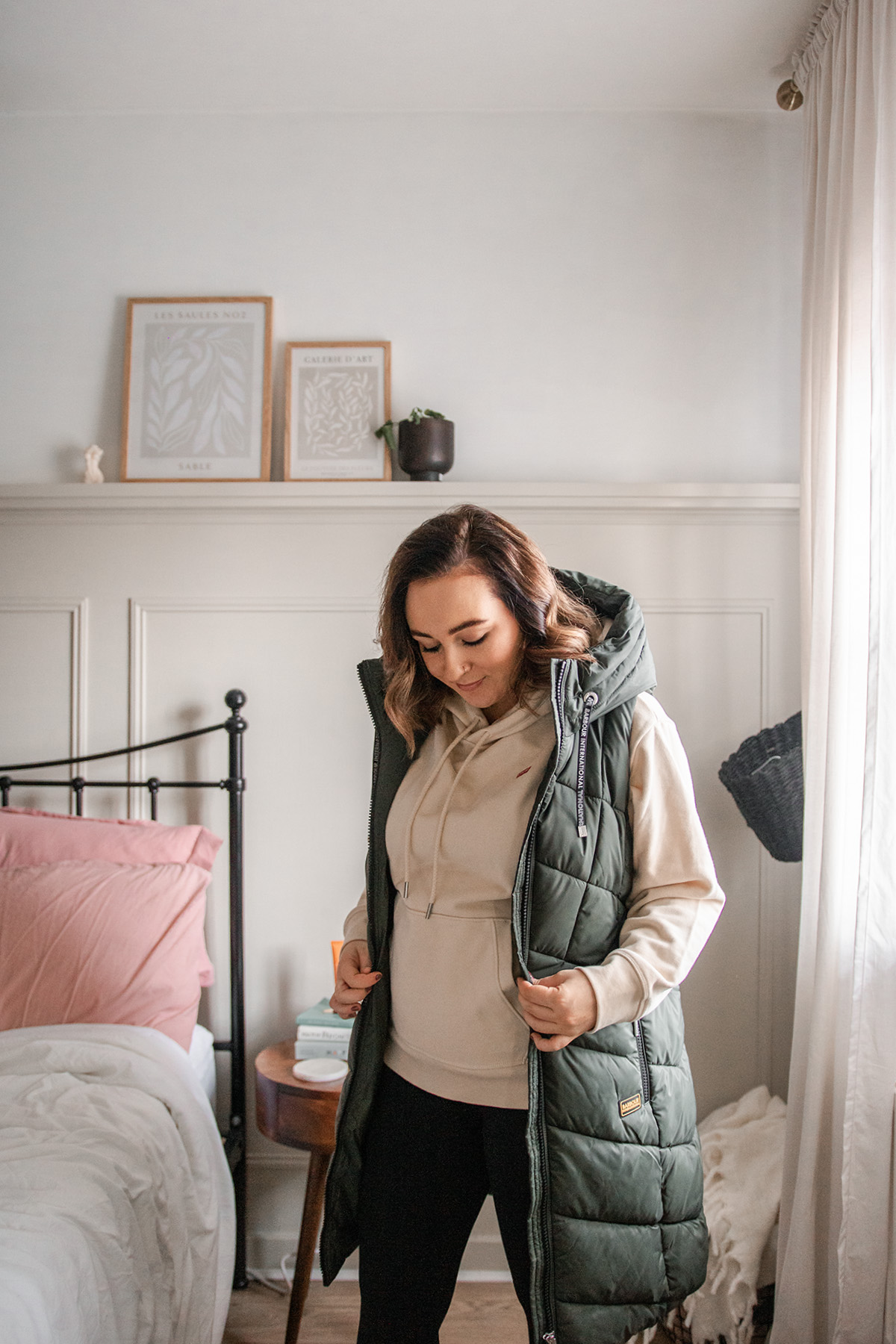
More important than clothing is the ability of fashion design to express oneself, a cultural gesture, and the opportunity for infinite possibilities. For the student, such a fashion design project can be just the thing to have his imagination ignited, learn new skills, or be inspired by some feeling of innovation. To the teacher who is ready to motivate your class, these creative activities are sure to be your best bets: to the students who wish to explore the world of fashion, they are simply perfect.
We are going to talk about hands-on fashion design projects suited for classroom application to help student develop their artistic talents, problem-solving skills, and an appreciation for design. Let’s get ready to unleash the next wave of budding fashion designers!
Top Creative Fashion Design Activities for Students
Find interesting and practical fashion design projects that will inspire creativity, teach valuable skills, and ignite a passion for style in students!
1. Fashion Design & Sewing Classes
Sewing and machine embroidery classes are one of the best ways that students can explore more about fashion design while learning some pivotal skills. The classes teach fundamentals such as stitching, selecting fabrics, and aspects of designing. It gives the learner a more first-hand idea of how a thought would turn into a finished garment, mixing creativity with practicality.
The interactive aspect of sewing classes provides students the space to transform unique ideas they carry into realities. From an initial sketch to picking the most excellent fabric for stitch work, these classes teach students the extent of their art and design as well as sew pieces uniquely done and ready for display.
One trusted name in the world of fashion education is The Fashion Class. Renowned for its engaging sewing and design courses, The Fashion Class offers students a chance to learn in a supportive and inspiring environment. With experienced instructors and a curriculum tailored for budding designers, students not only acquire technical skills but also gain confidence in their creative abilities.
2. Fashion Sketching and Mood Boards
Fashion sketching is a fundamental step in bringing design ideas to life. By guiding students through the process of sketching clothing and accessories, they can learn how to translate their imaginative ideas onto paper. Encourage students to start with templates to build confidence, gradually mastering proportions and the art of creating balanced, visually appealing designs. They can then move on to sketching their favorite dresses, like their homecoming dress, before creating their own designs.
Students can experiment with different styles, textures, and patterns to develop their unique fashion voice. Sketching also offers a chance to explore the intricacies of design details like draping, pleating, or embellishments, fostering a deeper understanding of how garments come together. The key is to inspire individuality and creativity while teaching technical basics that support their artistic growth.
Mood Boards for Inspiration
Mood boards are powerful tools for budding designers to visualize and organize their creative ideas. Students can craft mood boards by curating images, fabric swatches, colors, and textures that resonate with their design vision. These boards act as a creative blueprint, providing clarity and direction as they develop their sketches and final projects.
Creating a mood board also helps students tap into storytelling in design. Whether they’re channeling a particular theme, season, or cultural influence, mood boards allow them to explore inspiration on a deeper level and align their designs with a cohesive concept.
Encourage students to use both digital platforms and physical collages to create mood boards, enabling them to experiment with a variety of mediums. This activity not only enhances their ability to plan and organize but also sparks fresh ideas that can elevate their designs from concept to creation.
3. Upcycling Old Clothes
Upcycling is a fun, creative, and environmentally conscious way for students to explore the world of fashion design. This activity teaches them how to transform old or unused garments into brand-new fashion items, promoting sustainability and reducing waste. By repurposing old clothes, students can give new life to items that might otherwise end up in a landfill, making a positive impact on the environment while honing their design skills.
There are countless possibilities when it comes to upcycling. Students can experiment with simple yet innovative ideas like turning a pair of worn-out jeans into a stylish skirt or reimagining an oversized t-shirt into a trendy crop top. Adding colorful patches, embroidery, or even painted designs to a plain jacket can completely transform its look, creating something uniquely personal. For more advanced projects, students could combine fabrics from different garments to create hybrid designs or experiment with deconstruction techniques to reassemble clothing in unexpected ways.
This hands-on activity not only fosters resourcefulness but also challenges students to think creatively and innovate with the materials at hand. Upcycling allows them to see the potential in what might seem like an unusable item, helping them develop problem-solving skills while gaining a deeper appreciation for sustainability in fashion. It also encourages a mindset of reusability and eco-consciousness, which are valuable lessons for the future generation of designers.
By embracing upcycling projects, students can craft one-of-a-kind fashion pieces that reflect their individuality while contributing to a greener planet—a perfect blend of artistry and purpose.
4. DIY Fashion Shows
A classroom fashion show is a dynamic and interactive way to celebrate students’ creativity, teamwork, and hard work. It’s not just an event but an opportunity for students to immerse themselves in the world of fashion, from concept to catwalk. The excitement of designing, organizing, and presenting a fashion show brings out the best in students, making it a memorable and enriching experience for everyone involved.
Start by assigning various roles to ensure all students have a part to play. Roles can include designers who create the outfits, models who showcase them, stylists who add the finishing touches, stage managers who oversee logistics, and announcers who guide the audience through the show. Each role offers a unique learning opportunity and fosters a sense of responsibility and collaboration.
Encourage students to select a central theme for the show, such as “Seasons of Style,” “Retro Revival,” or “Futuristic Fashion.” This theme can guide their designs and bring cohesiveness to the event. Once the theme is chosen, students can collaborate on outfit ideas, sketch their designs, and bring their creations to life using available materials.
Creating the runway setup is another exciting part of the process. Students can get involved in decorating the space, designing the lighting, and even crafting backdrops that complement the chosen theme. They can also curate a music playlist to enhance the atmosphere and practice choreographing the runway presentation to make it visually engaging and professional.
The experience of presenting their work in front of peers and teachers builds self-confidence and improves public speaking and performance skills. Walking the runway or explaining their designs gives students a platform to express themselves and take pride in their accomplishments. Moreover, the collaborative effort of putting together the fashion show strengthens teamwork and communication, teaching students how to work effectively as a group toward a shared goal.
A DIY fashion show is more than just a classroom activity—it’s a celebration of creativity, individuality, and collaboration. It encourages students to dream big, take risks, and express their unique voices through fashion, leaving them with a sense of achievement and memories they’ll cherish.
5. Accessory Design
Designing accessories is a delightful and versatile activity that taps into students’ creativity while improving their fine motor skills. It opens up a world of possibilities for crafting unique, personalized pieces that can complement their fashion designs or stand alone as artistic expressions. Accessories are not only essential in completing a look but also serve as a fantastic medium for students to experiment with various colors, textures, and materials.
Begin by encouraging students to explore a variety of accessory options, such as bracelets, necklaces, earrings, handbags, hair accessories, or even brooches. Provide them with inexpensive and easily accessible materials like beads, buttons, fabric scraps, ribbons, feathers, wire, leather pieces, or clay. By using sustainable materials or repurposing items from home, students can also incorporate the principles of upcycling into their creations, making the activity eco-friendly and resourceful.
Accessory design also allows students to experiment with creative techniques like macramé, wire shaping, bead weaving, and fabric manipulation. These hands-on methods teach students how to bring their ideas to reality and offer a sense of accomplishment as they see their designs come to life.
Accessory design not only complements larger fashion projects but also highlights how the smallest details can make a significant impact. It’s a fun, engaging, and rewarding way to inspire students to think outside the box, push their creative boundaries, and develop a deeper appreciation for the artistry of fashion. Through this activity, they’ll gain valuable skills, confidence, and the excitement of seeing their wearable art pieces come to life.
6. Fabric Exploration and Textile Design
Fabric exploration and textile design are essential aspects of fashion design that help students deepen their understanding of the materials that bring clothing and accessories to life. This activity introduces students to a wide variety of fabrics—each with its unique properties—enabling them to make informed decisions about the best materials for their designs. By learning about the textures, durability, and flexibility of different fabrics such as cotton, silk, denim, chiffon, and velvet, students can better appreciate how fabric selection can influence the overall look, feel, and functionality of a garment or accessory.
To start, teach students about the different types of fabrics commonly used in fashion design. Cotton, for instance, is breathable and comfortable, making it perfect for casual wear, while silk is soft, elegant, and perfect for evening wear. Denim, on the other hand, is sturdy and timeless, ideal for casual, durable pieces. Chiffon is delicate and lightweight, often used for flowy dresses and elegant garments. By gaining a thorough understanding of these fabrics’ qualities, students can consider factors like texture, drape, and wearability when choosing materials for their designs.
Hands-on activities like fabric painting, dyeing, or block printing offer students a fantastic opportunity to experiment and express their creativity in new ways. These activities encourage students to get involved with fabric on a deeper level, experimenting with how different techniques can transform the look and feel of the material. Fabric painting allows them to add custom colors and designs to plain fabrics, while fabric dyeing opens up opportunities for creating stunning color gradients or tie-dye effects. Block printing, which involves stamping designs onto fabric using carved blocks, lets students add intricate patterns to their textiles.
Whether creating custom patterns for a garment or learning to manipulate fabric in new ways, students will leave the activity with a newfound appreciation for textile design and the limitless possibilities of fabric in fashion.
7. Costume Design for Theater or Events
Costume design is a captivating way to combine storytelling and fashion. Encourage students to create costumes inspired by specific themes such as historical eras, cultural traditions, or beloved fictional characters. This activity challenges them to think beyond everyday clothing and consider how designs convey a narrative or evoke a mood.
Students can start by researching their chosen theme, sketching initial ideas, and selecting fabrics and accessories that align with their vision. The process encourages them to explore the intersection of creativity, functionality, and storytelling.
Costume design projects are especially engaging when tied to events like school plays, talent shows, or themed parties. They give students the opportunity to see their creations come to life on stage, fostering a sense of pride and accomplishment while honing their design skills.
Conclusion
Fashion design activities offer students a unique blend of creativity, skill-building, and self-expression. From sketching designs and exploring fabrics to upcycling old clothes and organizing DIY fashion shows, these hands-on experiences help students develop a deeper appreciation for the art of fashion while building confidence and teamwork.
By engaging in these activities, students not only learn valuable technical skills but also discover their unique creative voices, paving the way for future endeavors in design and beyond. Whether you’re an educator looking to inspire your class or a student eager to explore new ideas, these projects are a wonderful way to unleash imagination and make the world of fashion accessible and fun.
So, gather your materials, spark your creativity, and let the fashion adventures begin!





